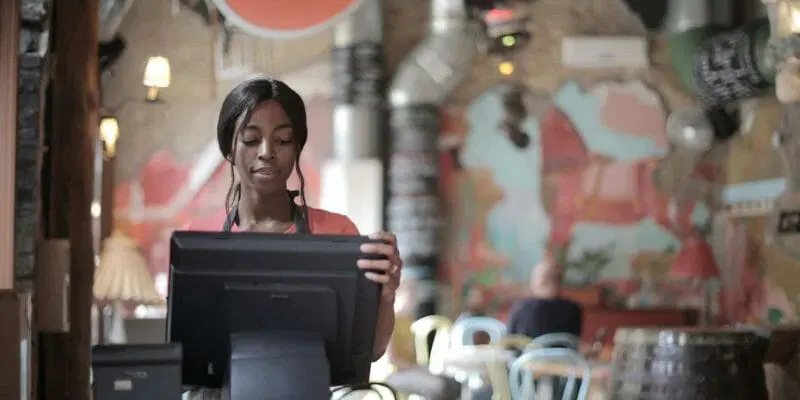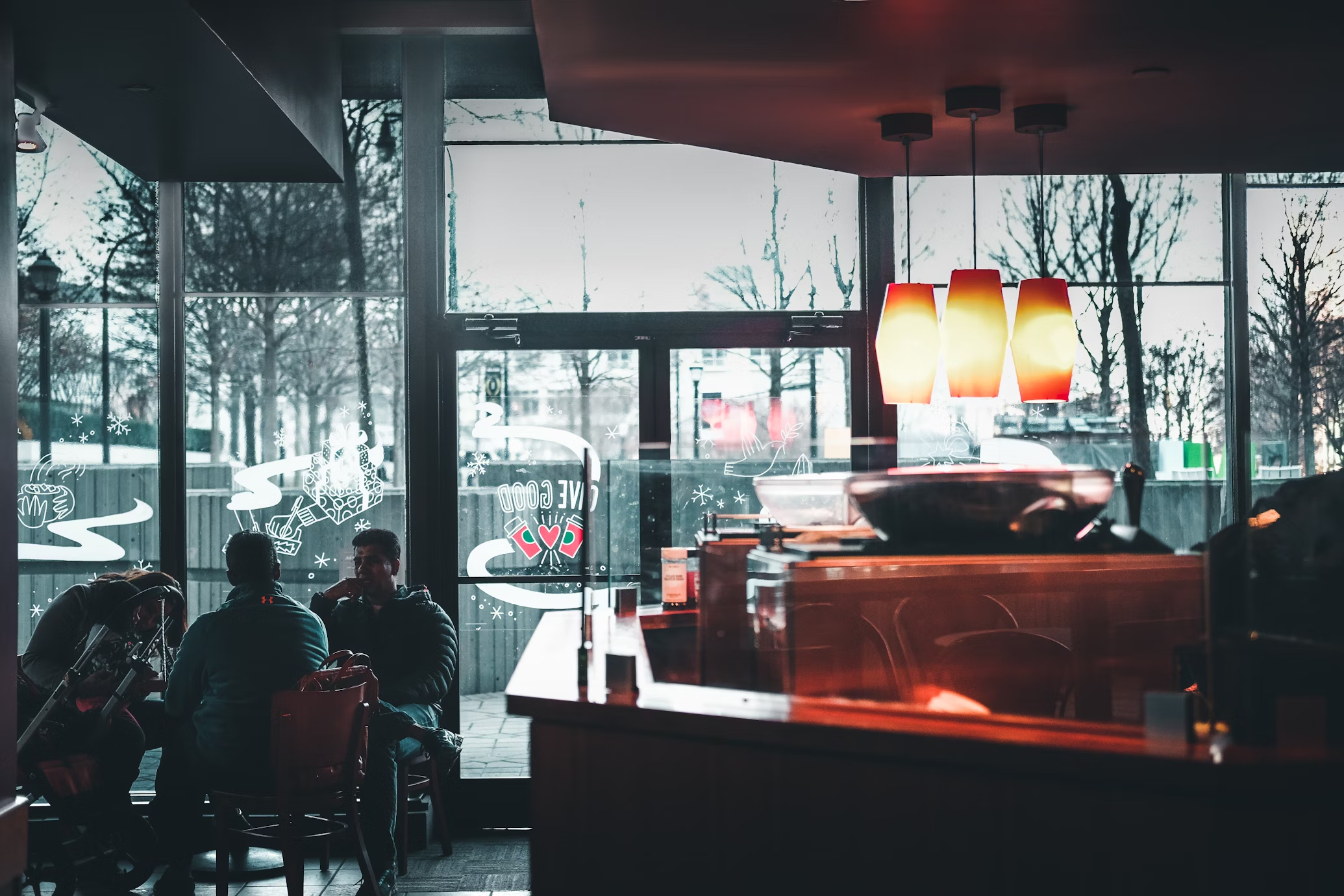Technology, the internet, and mobile applications have revolutionised restaurant reservation management. But what people sometimes overlook is that they also play a huge role in improving operational efficiencies whilst improving the overall customer experience.
One step further than controlling reservations, some apps also help with waitlist management, enabling operators to organise and filter reservations, text customers, and make the whole process of waiting in line a little less painful.
During a restaurant’s busiest hours, reservation management must be strategic, especially considering the average rate of no-shows for a typical restaurant is around 15%. Empty tables mean lost revenue. So how do you prevent that from happening?
Since most restaurants aren’t busy enough to rely solely on walk-ins, here are a few tips to help optimise your reservation processes and effectively manage the mix of walk-ins and reservations. Use these tips to increase table turnover and keep your customers coming back.
1. Use technology to improve your restaurant’s bookings.
Computerised restaurant booking systems can help you:
Predict Waiting Times – Keeping customers waiting is a problem most restaurants and pubs try to avoid. Casual walk-in customers put staff on the spot, unable to predict how long waiting times may be, or if a particular table will become available, fearing that they may lose customers. With tech-based booking system, these calculations are easily available and staff can give customers an accurate wait time, and send them an automatic text message when a table is free.
Fit Customers Into Spare Booking Slots – How often do we turn up at a pub or restaurant without a booking, with front-of-house telling us there are no spare tables, and disappointed, we go in search of another place to eat. The truth is that with an increase in no-shows, reserved tables may sit there undisturbed until the booked guests arrive two hours later or does not show at all. Technology can help you to fit those customers in, releasing staff from the responsibility of making tricky decisions, seeing what is available, turning away fewer walk-ins.
Predict No-Shows – Being overbooked can be a problem, and as every GM knows, there is always a certain proportion of bookings that become no-shows, leaving space in the booking system. But all that changes with if your historic data is put to work. Computerised restaurant booking systems can help predict the number of no-shows based on previous periods. Armed with that knowledge, you can dare to overbook a little based on normal patterns, with the result that fewer tables are left empty.
2. Make Your Data Work For You
Using your own live data is a sure way of understanding exactly what is happening in your business, enabling you to better manage your bookings. Paperchase provides all clients with regular Operational Analytics; an in-depth accounting and financial analysis of your business helping businesses to better understand and improve their operational efficiencies.

3. Tap Into Trends
Marketing to trends and popular occasions or events, such as Pancake Day, St. Patrick’s day, special sporting occasions, etc, offers further opportunities for promotion and increasing bookings. Consider limiting the number of tables available on the promotion, giving you greater control over offers and discounts. Linking reservation management and marketing promotions in this way should be a feature of any good tech-based system, as would sending personalised reservation links to diners following visits to your restaurant, capitalising on a good customer experience.
4. Limit Your Offers
Trying to get bookings during quiet times is the holy grail, and all restaurants and pubs are familiar with the problem. Instead of turning to discounts and special offers, cannibalising your margins, or making a loss in the process, one way is to set up special, time-limited offers that are only available to customers booking during certain times of the week.
5. Be Mobile Friendly
This is the big one! With customers increasingly likely to browse and book restaurants on a mobile, this is a sure-fire way of ensuring you can expect more last-minute bookings. Restaurants and pubs must be geared up for this audience with mobile-friendly websites that display menus in a user-friendly format. Social media marketing is also a great way for venues to attract consumers on their smartphones.
6. Be Flexible
Many businesses stop taking reservations in advance of a session, in fear of getting overbooked, trying to leave some space for walk-ins and the feeling you never quite know how long guests will take to finish their meal. By staying live on your booking system during service will enable you to better handle booking during lunch and dinner, managing no-shows.
Paperchase provides valuable financial insights to help hospitality businesses enhance their performance. To find out more or book a free consultation please click here.
Read more


